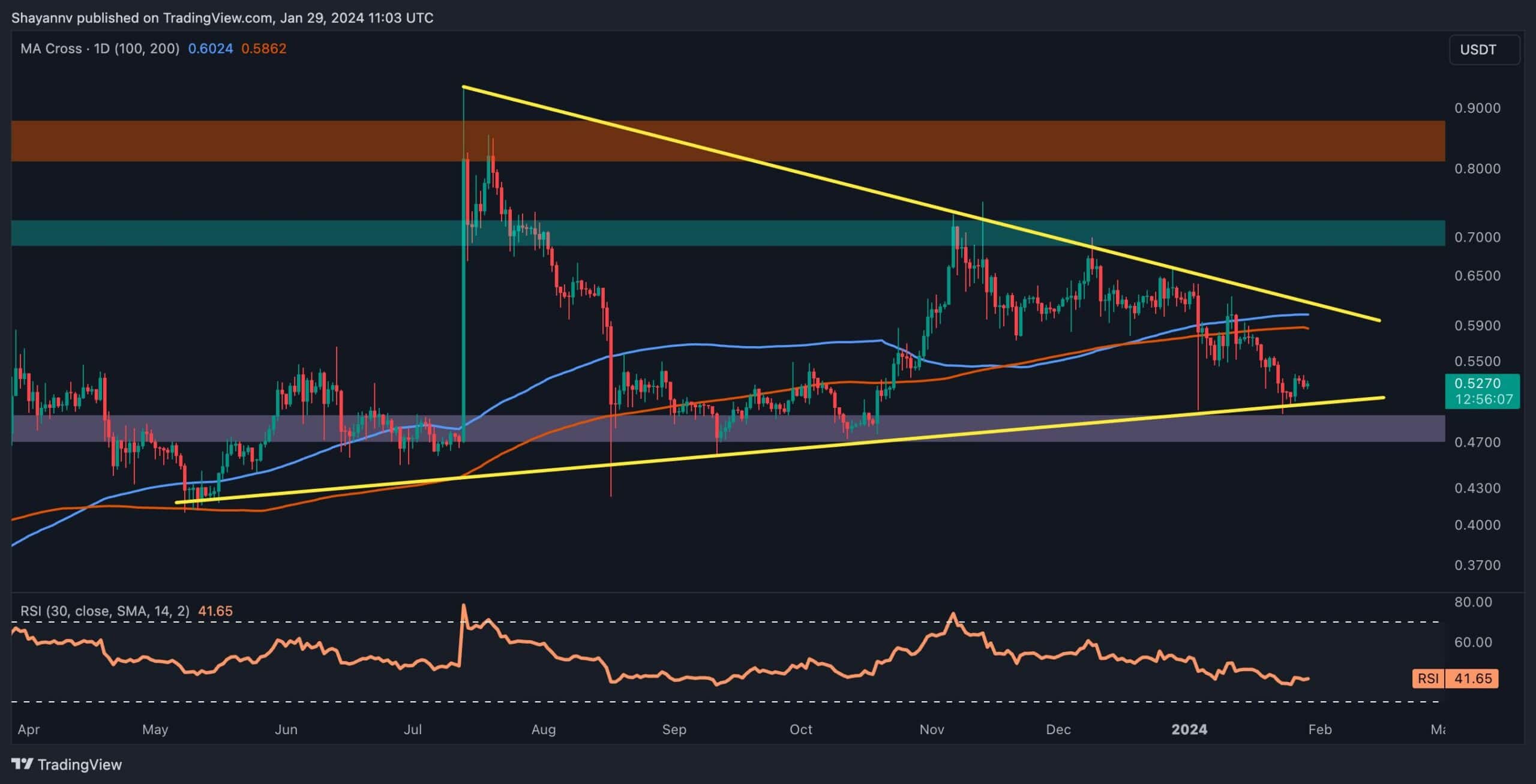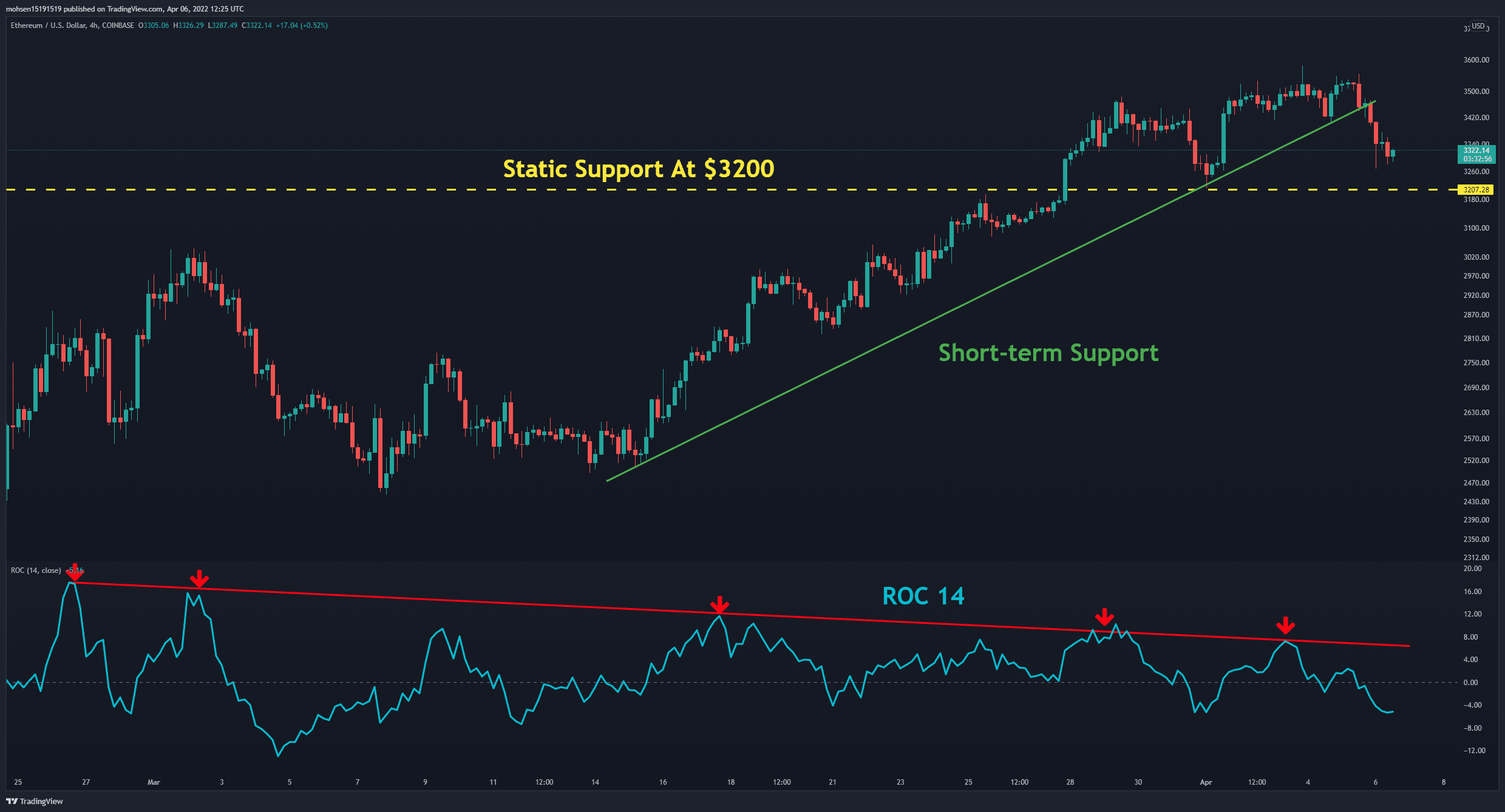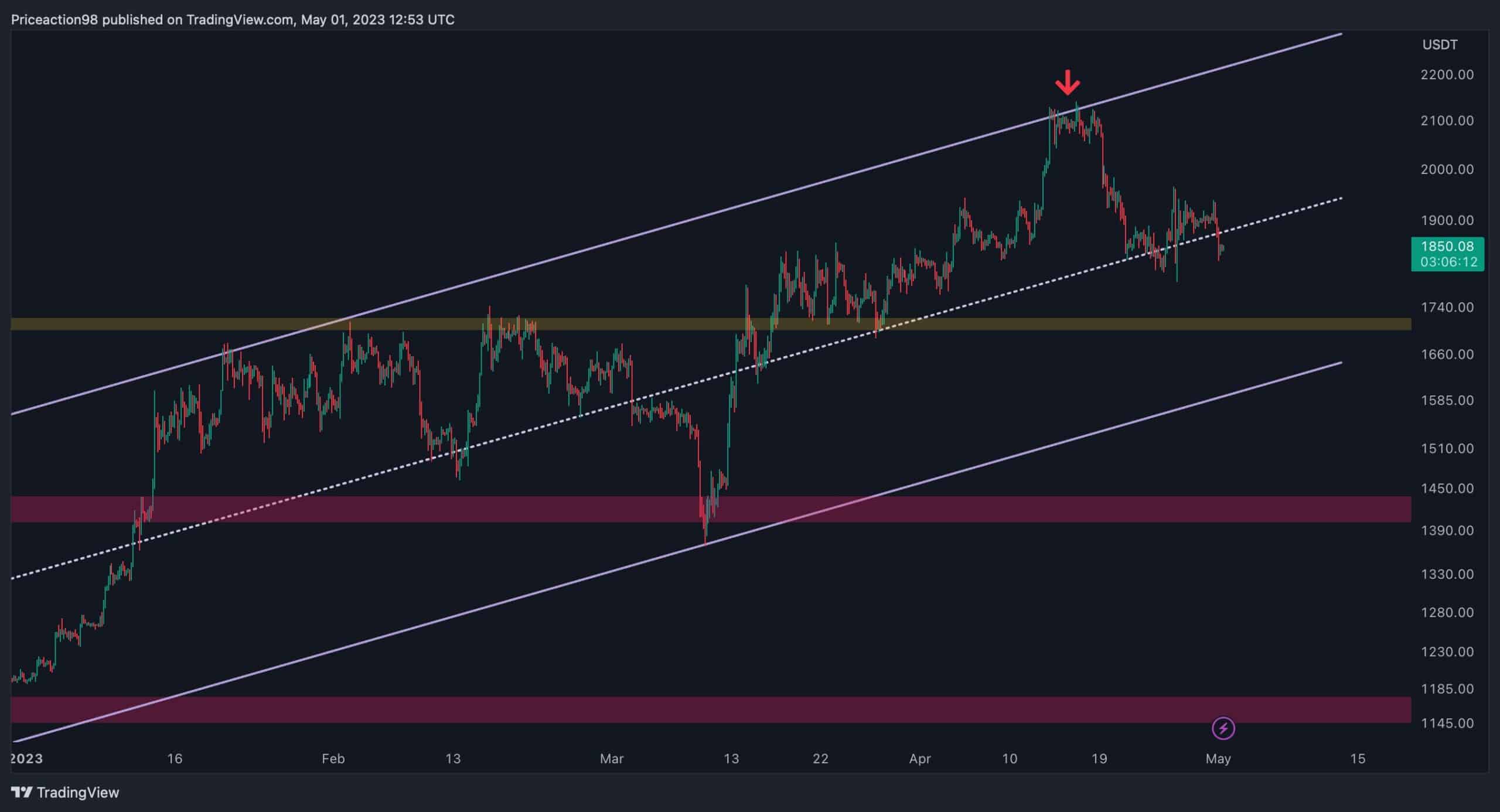DEX Dominance Sets Mexico Apart, While Argentina and Venezuela Seek Financial Stability in Crypto: Chainalysis
Latin America holds the seventh position among all regions in terms of the global crypto economy rankings by Chainalysis. It ranks ahead of only Sub-Saharan Africa but closely follows regions such as MENA, Eastern Asia, and Eastern Europe.
In comparison to other regions, Latin America’s crypto economy has remained relatively steady over the past two years. However, the latest study shows that Brazil, Argentina, and Mexico are three countries in the region that have exhibited strong “grassroots adoption” and rank in the top 20 of Chainalysis’ Global Crypto Adoption Index.
With the majority of countries in the region allocating a larger portion of their transaction volume to centralized exchanges compared to the global average, Mexico stands out as the sole exception.
Mexico – Lone Exception
According to the latest report by Chainalysis shared with CryptoPotato, Mexico’s platform distribution closely aligns with global averages, with nearly half of its trading volume processed through decentralized exchanges (DEXes).
This is likely the contributing factor behind Mexico’s greater emphasis on altcoin purchases, as DEXes typically offer a significantly larger selection of assets compared to their centralized counterparts, the report noted.
Mexico also stands out for its adoption of cryptocurrency-based remittances, an area of financial transactions long hailed by crypto enthusiasts as one where the technology can offer increased speed and cost-efficiency.
The country also ranks as the world’s second-largest recipient of remittances, with an estimated annual inflow of approximately $61 billion, primarily from the United States.
Daniel Vogel, the CEO of the Mexican exchange Bitso, reports that his company handled over $3.3 billion in crypto remittances sent from the US to Mexico in 2022, accounting for 5.4% of the total market.
Crypto Usage in Argentina and Venezuela
Argentina has long grappled with economic instability, characterized by frequent currency devaluation, making it challenging for residents to save and manage their finances. The Argentinian peso has lost about 51.6% of its value in the year leading up to July 2023.
Nevertheless, the country has shown significant interest in cryptocurrency, with an estimated transaction volume of $85.4 billion and strong grassroots adoption. This trend is primarily driven by the escape from peso devaluation, high inflation, and restrictions on acquiring foreign currencies.
Stablecoins, like USDT and USDC, are popular for saving and converting local earnings, providing a hedge against currency devaluation, according to Chainalysis’ findings.
Venezuela, facing its own economic woes, stands apart due to its authoritarian government under Nicolás Maduro. Venezuelans have been enduring human rights abuses, political repression, and rampant government corruption, notably within the state-owned oil company.
In recent years, a significant exodus from the country has taken place, with approximately 25% of the population leaving. Remittances have become a vital part of Venezuela’s economy, driven by this mass migration.
Similar to Argentina, Many Venezuelans have also turned to stablecoins as a means to receive funds from abroad, offering a more reliable and efficient alternative in the face of economic and political challenges, ultimately serving as a lifeline in this complex humanitarian emergency.
The post DEX Dominance Sets Mexico Apart, While Argentina and Venezuela Seek Financial Stability in Crypto: Chainalysis appeared first on CryptoPotato.









